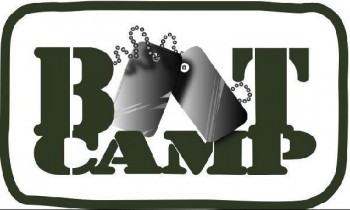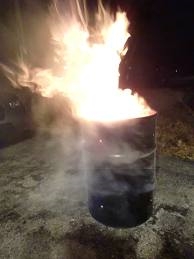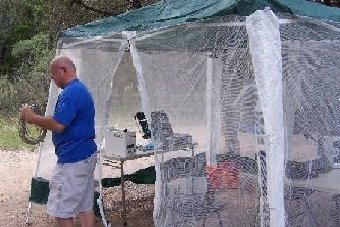AMATEUR HIGH-FREQUENCY EMERGENCY / HURRICANE NETS
These frequencies are typically in operation during disasters in the immediate area. They can provide a great deal of information to those with receive only capabilities and the amateur radio community.
Abbreviations:
Abbreviation Meaning
- Wx Weather
- ARES Amateur Radio Emergency Service
- SSB Single Sideband
- LSB Lower Sideband
- USB Upper Sideband
- NTS National Traffic System
- altn Alternate frequency typically used for night time operations
- RACES Radio Amateur Civil Emergency Service (affiliated with local Emergency Management Organizations)
FREQ MODE LOCATION
03808.0 LSB Caribbean Wx (1030)
03815.0 LSB Inter-island (continuous watch)
03845.0 LSB Gulf Coast West Hurricane
03862.5 LSB Mississippi Section Traffic
03865.0 LSB West Virginia Emergency
03872.5 LSB Mercury Amateur Radio Assoc ad hoc hurricane info net (0100)
03873.0 LSB West Gulf ARES Emergency (night)
03873.0 LSB Central Gulf Coast Hurricane
03873.0 LSB Louisiana ARES Emergency (night)
03873.0 LSB Mississippi ARES Emergency

 Another small portion of our 200 page “Jump Team Boot Camp” training manual – Next Class Is Scheduled for April 2014
Another small portion of our 200 page “Jump Team Boot Camp” training manual – Next Class Is Scheduled for April 2014 many who didn’t were invited into neighbor’s homes, about 100 opted to stay at the shelter.
many who didn’t were invited into neighbor’s homes, about 100 opted to stay at the shelter. Threat Assessment –
Threat Assessment – I have experimented with all types of 12 volt lighting methods and have come to the conclusion that a system using SMD (surface mounted light emitting diodes) gives you the most illumination per watt. Using other 12 volt lights, such as fluorescent systems, can have a high rate of failure. You don’t want your lighting to go out in the middle of emergency work.
I have experimented with all types of 12 volt lighting methods and have come to the conclusion that a system using SMD (surface mounted light emitting diodes) gives you the most illumination per watt. Using other 12 volt lights, such as fluorescent systems, can have a high rate of failure. You don’t want your lighting to go out in the middle of emergency work.